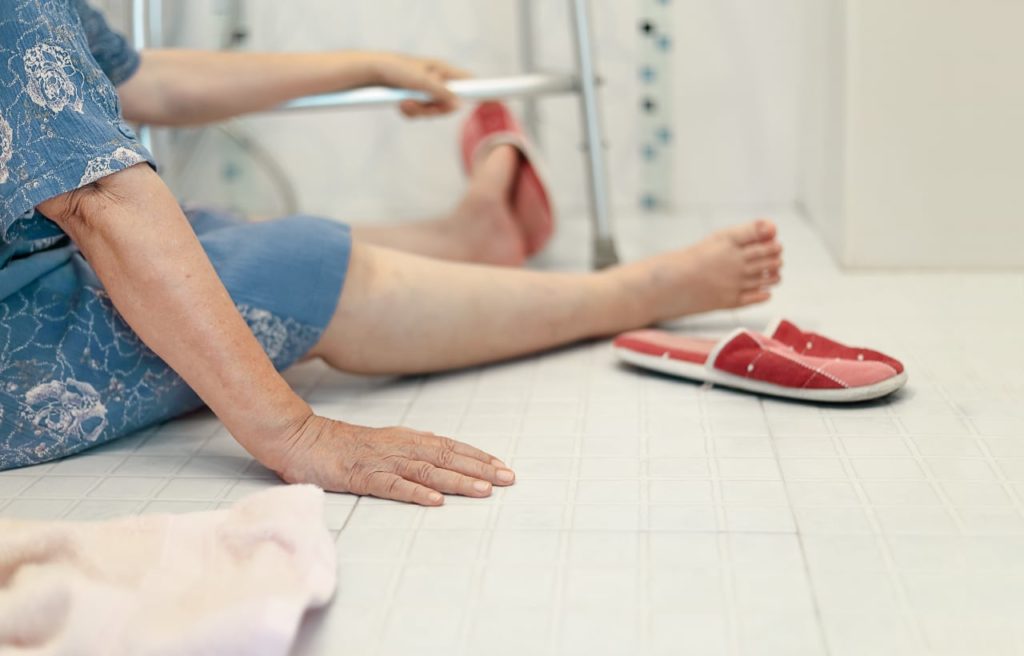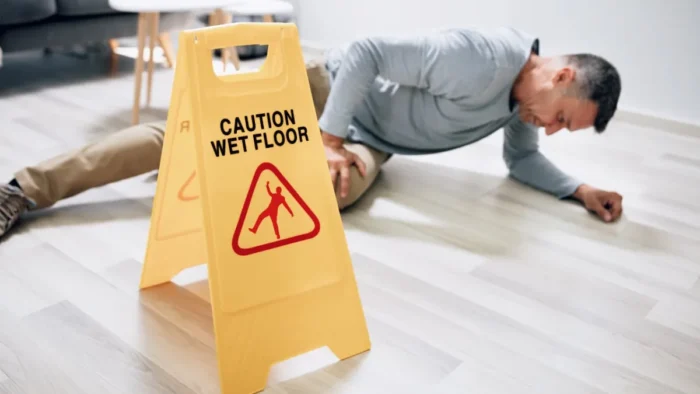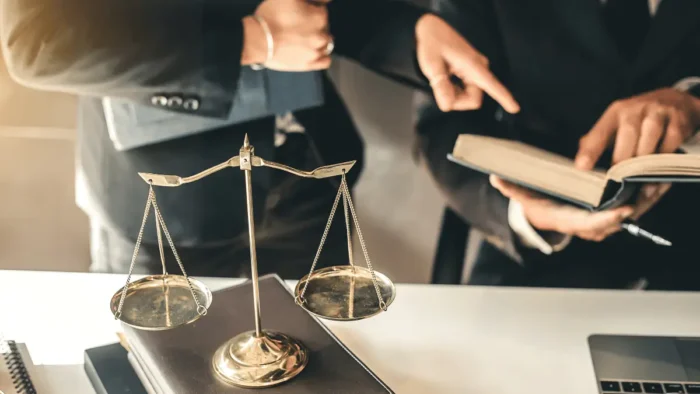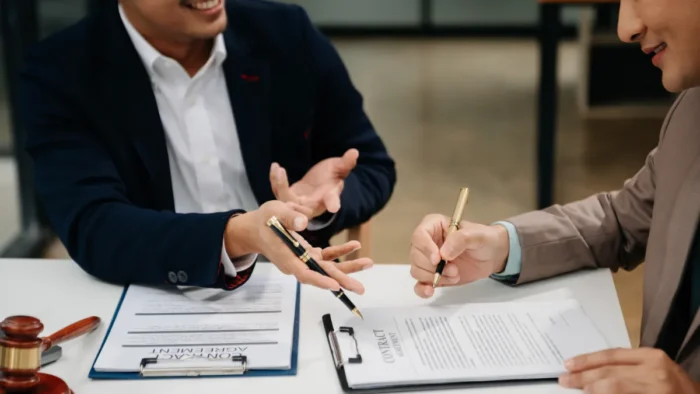Slip and fall accidents result in mild to serious injuries, depending on how badly the victim landed on the floor. Most often than not, people overlook signs of danger, not mindful of their surroundings.
But slip and fall accidents can be prevented by placing wet floor signs on wet areas and spills, waiting for mopped floors to dry, and repairing broken equipment, stairs, or flooring before someone falls. Also, learn when your business is not liable for a slip and fall accident.
However, many people still meet slip and fall accidents because of different reasons, which will be discussed in detail below.
1. Slippery Floors
According to the statistical report of the National Floor Safety Institute (NFSI), about 85% of worker’s compensation claims are due to slips on slick floors. Floors tend to get wet and become slippery due to leaking equipment, spilled drinks, mopping, and rainy or snowy weather.
Even a bit of moisture can make a dry floor hazardous. Water makes a slippery surface, creating a lubricating layer between the floor and the shoe. Slippery floors could result in rearward or backward falls, causing head and back injuries to the victim. A slip and fall attorney helps victims obtain financial remuneration to provide sufficient restitution, covering all economic and non-economic costs brought about by the slip injury.
Here are the common areas wherein wet and slippery floors are observed:
- Production areas
- Kitchen and bathroom areas
- Wet storage areas
- Dining areas
2. Poor Lighting
Business owners should prioritize safety by ensuring the proper handling of hazardous materials, wearing personal protective equipment, and proper lighting. Offices and industrial sites should have appropriate lighting without shadows or glare.
Proper lighting prevents headache and eye fatigue and work tasks faster and easier. It increases visibility when moving and operating machinery. Good quality lighting helps prevent workplace incidents, such as injuries from low-field vision or ‘momentary blindness’ because the eyes need to adjust from brighter to darker surroundings.
Good lighting and visibility also depend on the following:
- Object Focus Time: The time it takes to focus on an object affects visibility. Fast-moving objects are harder to see than slow-moving objects.
- Object Size: Very small objects are harder to see than bigger ones, requiring better lighting.
- Brightness: Too little or too much-reflected light makes objects harder to see than less reflected objects.
- Contrast And Background: Contrast between objects and their immediate background also affect visibility. Too low contrast makes an object harder to distinguish from the background than higher contrast.
3. Poorly Maintained Carpets
Poorly maintained office carpets impair indoor air quality in offices, buildings, factories, and other infrastructures, affecting the occupants’ overall health and safety. Because of dust, dirt, mites, and other contaminants, poorly maintained carpets may cause diseases.
Aside from these, poorly maintained and worn-out carpets can cause a safety hazard, reducing their adhesiveness and friction on the floor, which defeats the purpose of installing carpets for good insulation and safety.

4. Lack Of Safety And Mobility Tools And Devices
Lack of handrails, fencing, elevator, and other safety and mobility tools and devices poses risks of slip and fall accidents. Older people and people with disabilities could hardly climb floor to floor due to old age, weakness, and current medical conditions.
Walking and climbing in stairwells of buildings can be exhausting, possibly causing dizziness and lack of balance and coordination. These conditions may lead to the slipping, tripping, or falling of the victim. Injuries from falls can be severe, especially from stairwells, including spinal cord injuries and brain injuries.
5. Potholes And Uneven Sidewalks
If potholes are not repaired and masked by snow, they could be very dangerous. Even small potholes could lead to bigger accidents, like vehicle wheel problems, loss of control, and misalignment. Also, potholes and uneven sidewalks can lead to slips and fall accidents.
Proper regular maintenance of road structures is important to ensure public safety. Property owners can contact reputable asphalt contractors to repair any minor damage, especially after winter, and maintain the road’s structural integrity. In this way, it will prevent surfaces from forming potholes in adverse weather conditions. Too old carpeting should be replaced immediately to avoid safety hazards and facing liabilities.
Conclusion
In the workplace, cleaning up spilled floors and proper lighting is crucial for safety because wet and slippery floors and poor lighting may result from slipping and falling accidents. Poorly maintained carpets and lack of safety and mobility tools and equipment pose a hazard to workers and visitors, especially to seniors and people with disabilities. Also, potholes and uneven sidewalks are common causes of slip and fall accidents.



